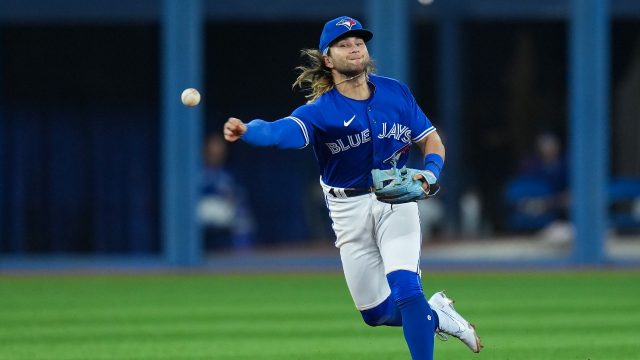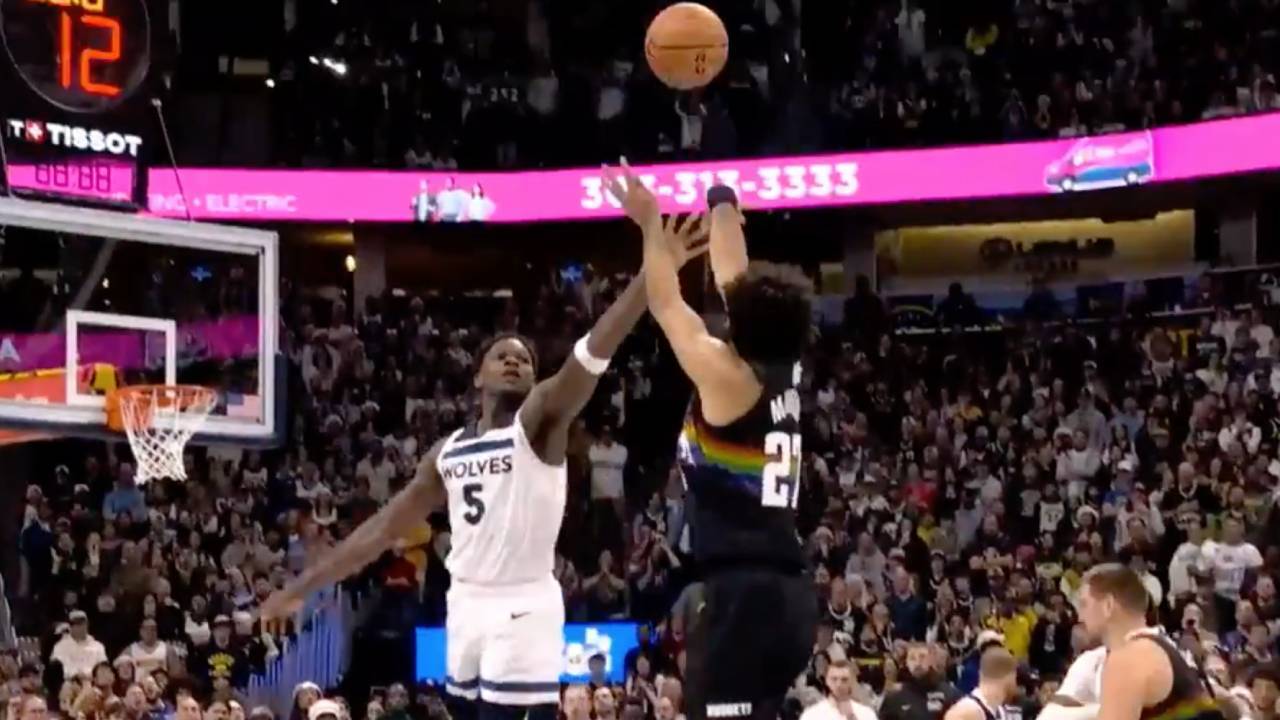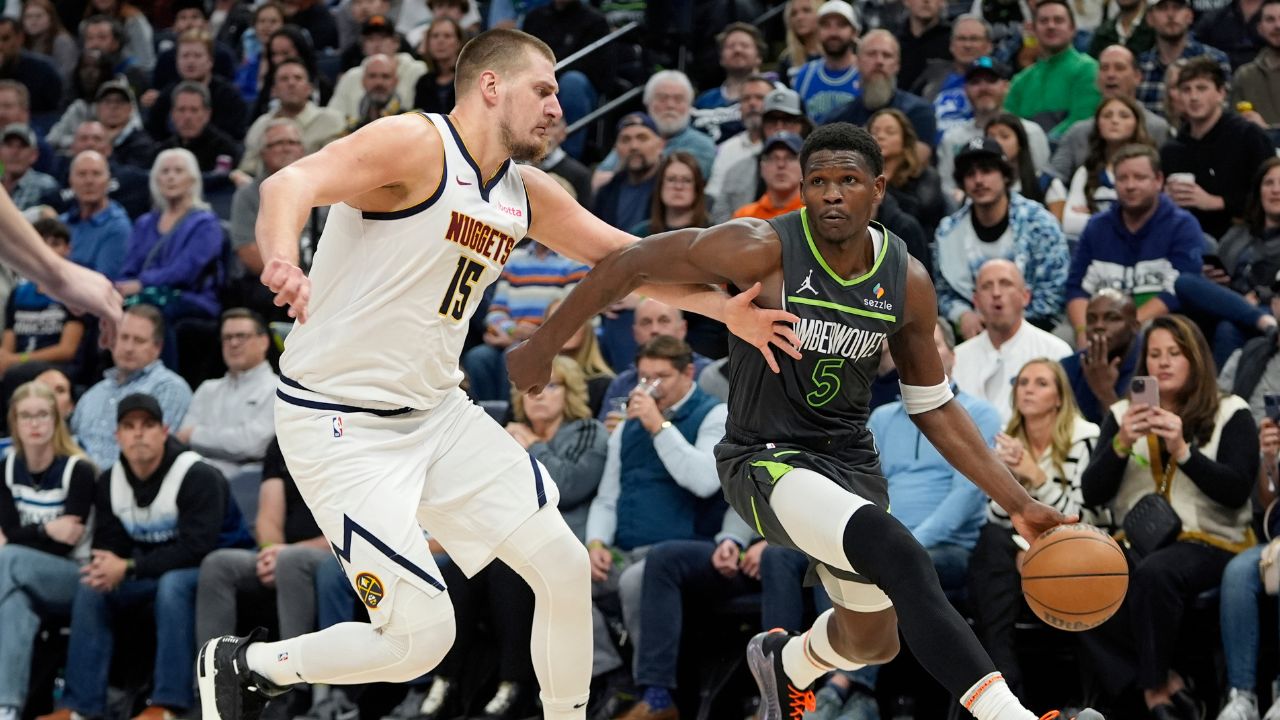
Just over a month into the MLB season, we’re seeing a smorgasbord of expected results — like the Los Angeles Dodgers leading a tough NL West — and small-sample-size madness, like Eric Hosmer hitting at an MVP level.
At this point in the year, it can be difficult to suss out what’s the beginning of a season-long trend and what’s a mirage, but there are always statistical breadcrumbs to follow in determining what’s fact and what’s fiction.
Here are a few of the biggest early-season trends, and a sense of how they might play out as 2022 continues.
Fact: Offence is in trouble
Although cold weather tends to depress offence, and the increased reliever specialization of 28-man rosters allowed help hitters, the offensive dropoff from 2021 to 2022 is dramatic:
| Season | AVG | OBP | SLG |
|---|---|---|---|
| 2021 | .247 | .321 | .418 |
| 2022 | .232 | .306 | .370 |
The bats should come around to some degree, but last season the difference in league-average OPS between the most pitching-dominant month (April) and the most hitter-dominant (July) was 45 points. If you add 45 points to the current league-average OPS, that wouldn’t bridge the difference between 2021 and 2022.
It looks like we’re in for a lower-scoring season, with the effect the baseball itself is having on the games coming into question, as it has on-and-off for the last seven years. Interestingly, the composition of the ball first entered the public discourse after a massive power surge midway through the 2015 season — and there’s strong evidence to suggest it was changed up in the middle of that campaign. If offence stays down it’s possible that history repeats itself.
Fiction: The 2022 Cincinnati Reds will go down as one of MLB’s worst teams
The Reds enter Thursday’s matchup with a .125 winning percentage, which is well below the modern-era record of .235 set by the 1916 Philadelphia Athletics.
It’s easy to say “they must not be this bad” considering no team has ever lost games at this rate, but the extent of Cincinnati’s bad luck is downright remarkable. You don’t go 3-21 without being brutal across the board, but the Reds performance in high-leverage situations is astounding:
| Player set | AVG | OBP | SLG | wOBA | Hits | HR | Runs |
|---|---|---|---|---|---|---|---|
| Hitters | .027 | .073 | .027 | .056 | 1 | 0 | 5 |
| Opposing hitters | .517 | .564 | 1.241 | .694 | 15 | 5 | 33 |
This mind-boggling lack of clutch simply can’t continue. FanGraphs projects them for a .452 winning percentage from here on out, which would allow them to escape an infamous campaign.
Fact: This is looking like the year Mike Trout and the Angels return to the promised land
The fact that Trout has seen the playoffs once in his first 11 seasons speaks to both the Los Angeles Angels’ abysmal team-building and the limited effect one player can have on a baseball game.
With Shohei Ohtani reaching his true potential last season, and the playoff field expanding this year the stars are finally aligning for Los Angeles. The Angels are carrying a 16-10 record, and a 64.4 percent playoff probability according to FanGraphs.
With Noah Syndergaard slotting in at the top of the rotation and the duo of Michael Lorenzen and Patrick Sandoval doing admirable work at the back, the Ohtani-led pitching staff looks more respectable than it has in years. The star-studded lineup is also doing its part as the Angels are tied for the league lead in runs scored.
Trout himself deserves much of the credit, though. The future Hall of Famer has a 224 wRC+ to his name, and his strikeouts have declined significantly from 2020 and 2021:
His early season .316/.447/.671 line isn’t luck-driven either as his xwOBA (.490) matches his actual number (.488). Add in a solid start in the field (2 OAA) and Sprint Speed that remains elite (97th percentile), and he looks like he’s still the best player in baseball.
Fiction: At long last, Father Time has finished off Nelson Cruz
After a subpar second half of 2021 (93 wRC+) and a rough start to 2022 (31), it would be tempting to label the 41-year-old slugger as cooked.
That might not be the case, though, as his underlying stats suggest the skills are still there. Cruz’s max exit velocity is 92nd percentile while both his walk (69th percentile) and strikeout (71st percentile) rates are strong.
Cruz’s ability to make contact has been particularly impressive as only four players have both a better max exit velocity and strikeout rate than him, and he’s avoided K’s at a better rate than we’ve ever seen from him over a full season:
It’s possible that the veteran has been selling out for contact, but his combination of raw power, patience, and know-how is too much to give up on. The gap between his wOBA (.207) and xwOBA (.319) also suggests his early-season struggles are exaggerated by some tough luck.
There’s a good chance Cruz will be a mercenary bat teams are bidding for come trade deadline time — again.








